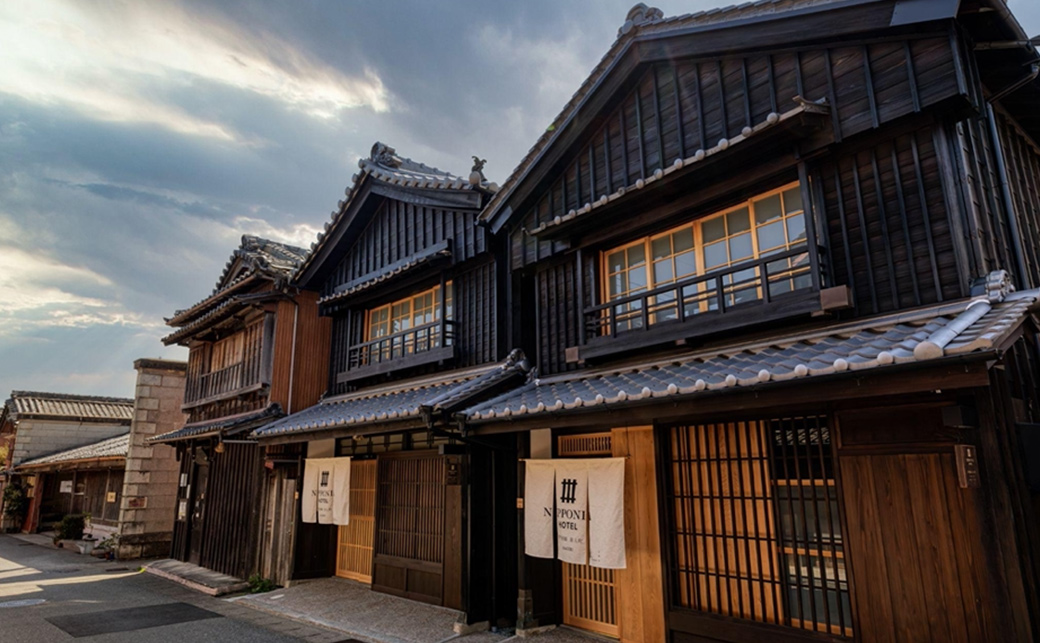
Concept
History of Ise Kawasaki
Expand Your Itinerary
Our Story
Tangible History
Rooms
Breakfast
Cultural Experience
Our Difference
Welcome
A journey through the past and present of the town that once served Japan’s most sacred shrine.
Concept
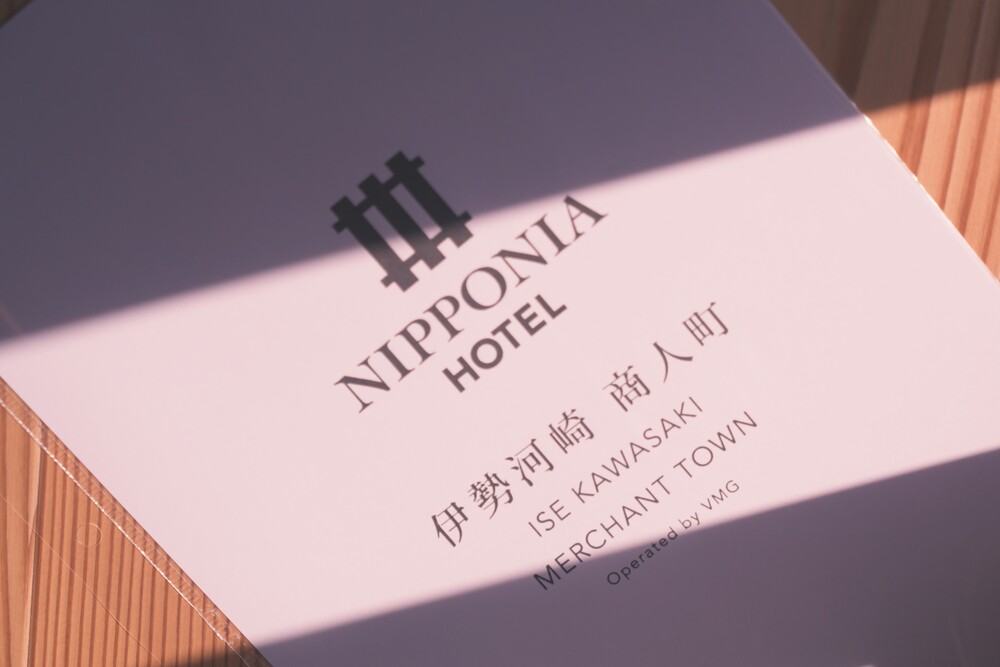
Ise Jingu is the most respected shrine in Japan. During the Edo period, the “O-Ise Mairi” pilgrimage was very popular. People said, “Once in a lifetime, everyone desired to visit Ise.”
This strong belief spread across the country thanks to Onshi—local priests who traveled around Japan. They gave charms and prayers, and shared stories about Ise and the shrine.
When people came to Ise, the Onshi welcomed them into their homes. They offered food, showed sacred dances, and guided them to the shrine.
NIPPONIA HOTEL Ise-Kawasaki Merchant Town continues the Onshi culture, offering a peaceful and warm place to stay during your visit to Ise Jingu.
History of Ise Kawasaki
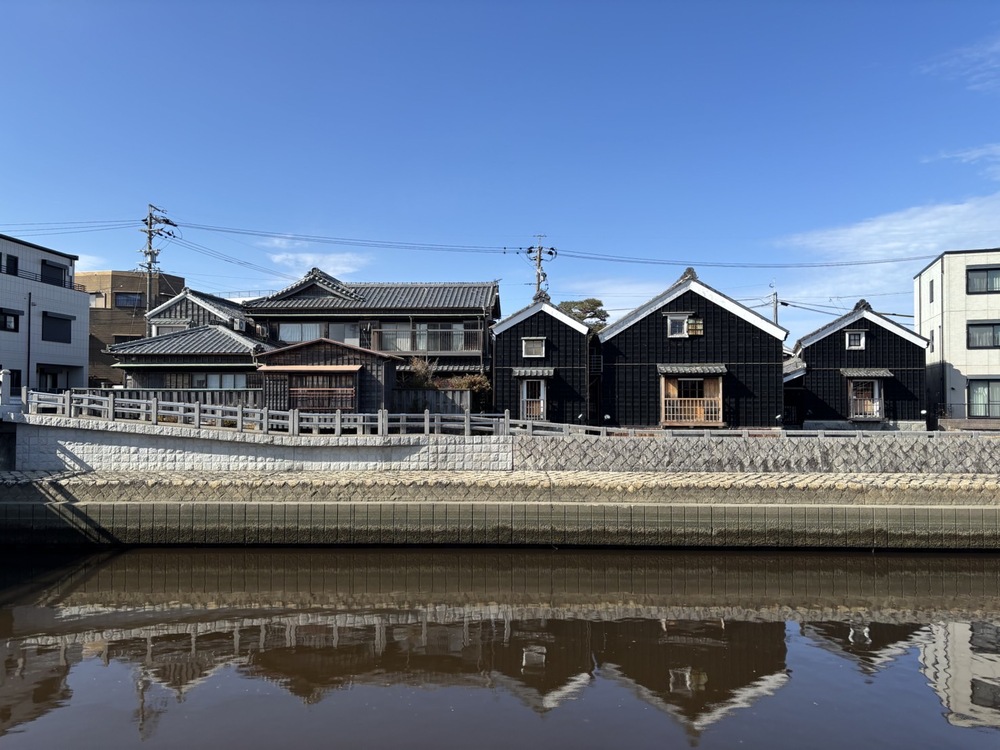
During the Edo period, Ise-Kawasaki played an important role in supporting Ise Jingu by supplying goods to visiting pilgrims. The town’s history goes back to the Muromachi period, around the same time the famous Ginkakuji Temple in Kyoto was built. The area developed along the Setagawa River, which runs through the center of Ise City. In the Azuchi-Momoyama period, the town grew as a riverside market, using the Setagawa River to transport goods. It became a center of trade and logistics for Ise city.
Even today, the black-painted townscape unique to Ise-Kawasaki remains. These buildings are part of a living tradition, preserved and passed down through generations. When you stepping into these historical buildings, you can feel like experiencing time traveling. Enjoy exploring the town that has always lived with Ise Jingu.
Expand Your Itinerary
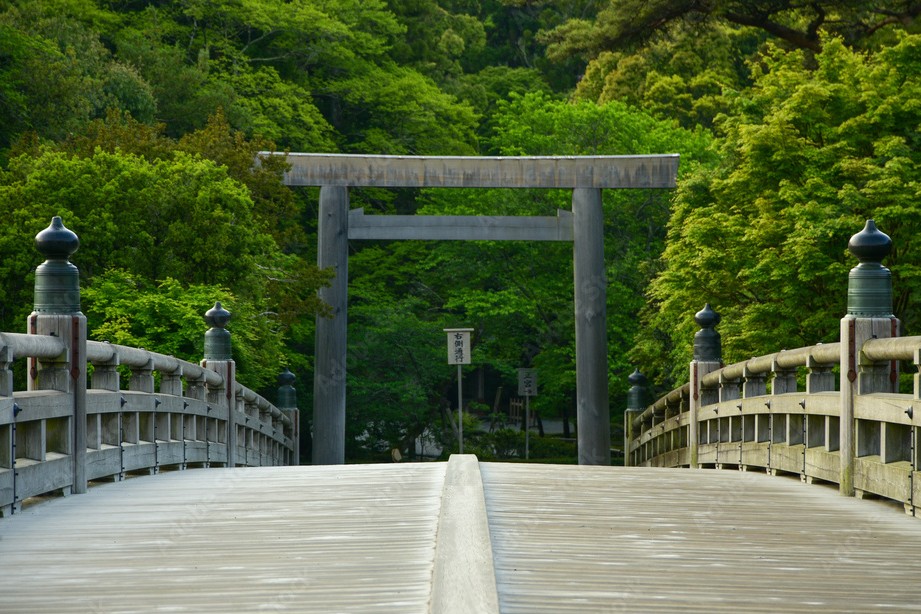
Ise-Kawasaki was once known as “the kitchen of Ise,” supplying food and goods to the sacred city. Today, many of the old merchant buildings have been carefully restored and reused as cafes, Japanese restaurants, secondhand bookstores, and craft shops. We also recommend staying overnight to enjoy a different kind of visit to Ise Jingu. In the Edo period, pilgrims often followed a traditional route: Futamiura → Geku (Outer Shrine) → Naiku (Inner Shrine) → Mt. Asama. Early morning or evening visits to Ise Jingu, when few people are around, allow you to experience the peaceful, sacred atmospher of the shrine.
Our Story
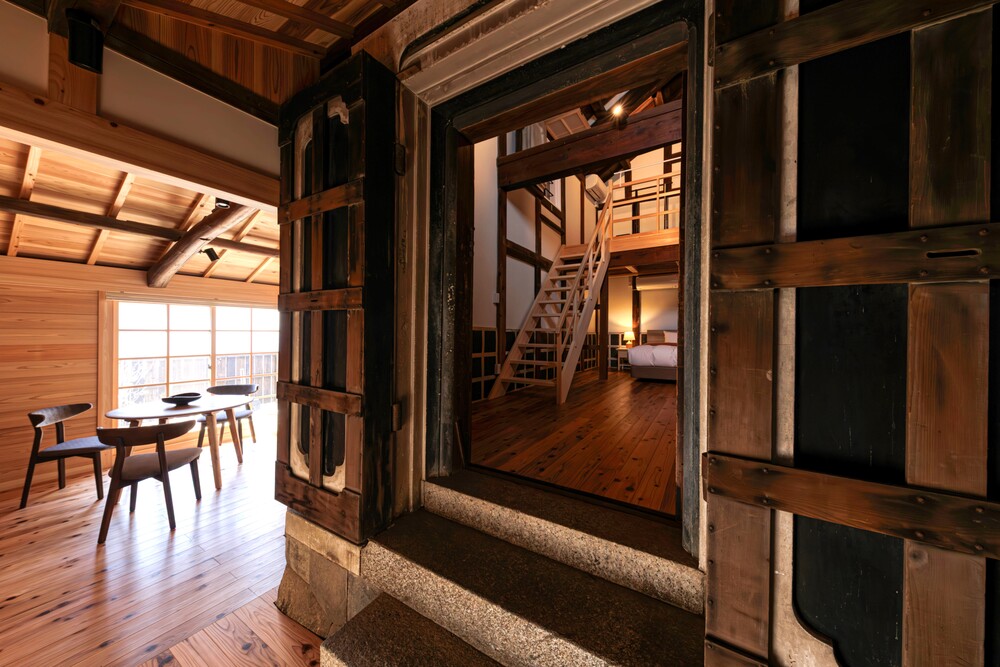
NIPPONIA HOTEL Ise-Kawasaki Merchant Town is a unique decentralized hotel concept, where the entire town of Kawasaki becomes part of your stay.The front desk, breakfast dining, and guest rooms are located throughout the town, once known as “Ise’s Kitchen” for supporting the Ise Shrine.Here, you can fully experience the rich history and merchant culture that shaped the area.
Tangible History
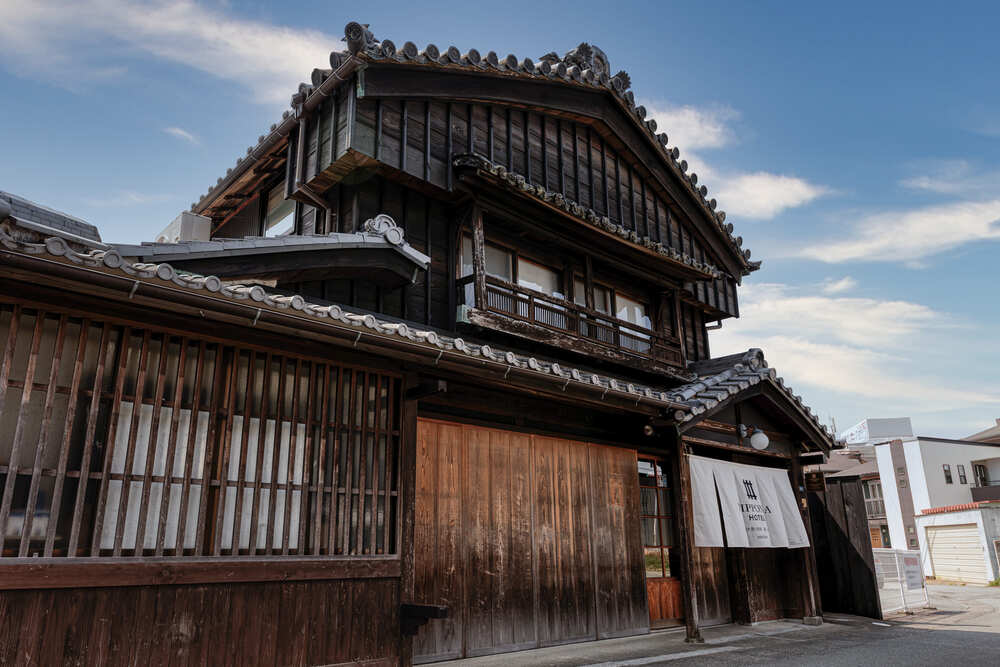
SEICHO: It originally constructed in the Meiji era, once served as an eel restaurant, boarding house, and tofu shop. Today, it has been carefully renovated as the central hub of our decentralized hotel.The first floor houses the hotel’s front desk and breakfast dining area. The name “Seisho” is an old term referring to Futamiura, the sacred seaside purification site of Ise Grand Shrine.
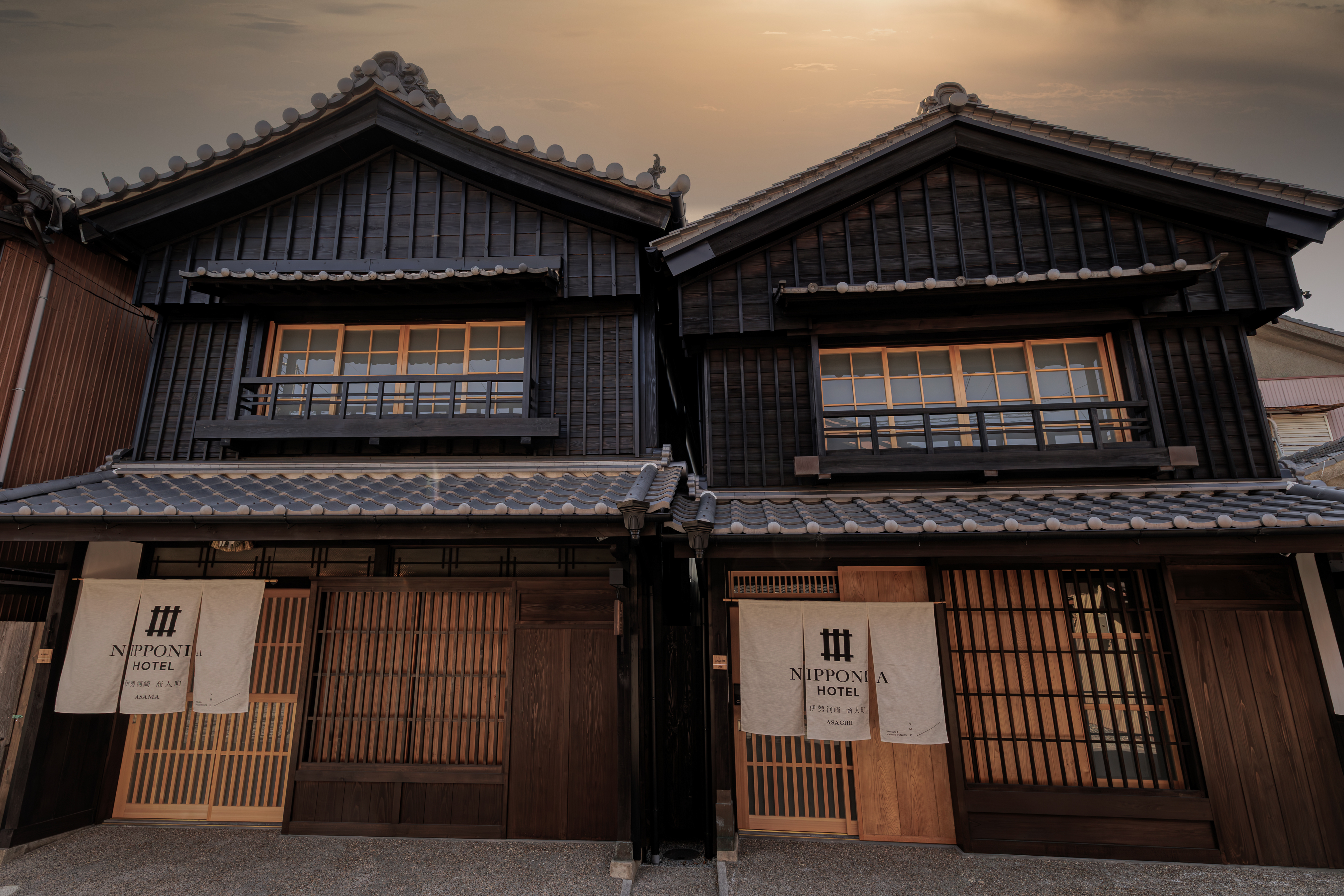
ASAMA: This Japanese-style house preserves the nostalgic charm of the Showa era. Its traditional interior and soothing hinoki cypress bath provide a peaceful moment of relaxation during your stay. The house is named “Asamayama” after Mount Asama, a symbolic mountain along the Ise Shrine pilgrimage route, spanning both Ise and Toba cities.
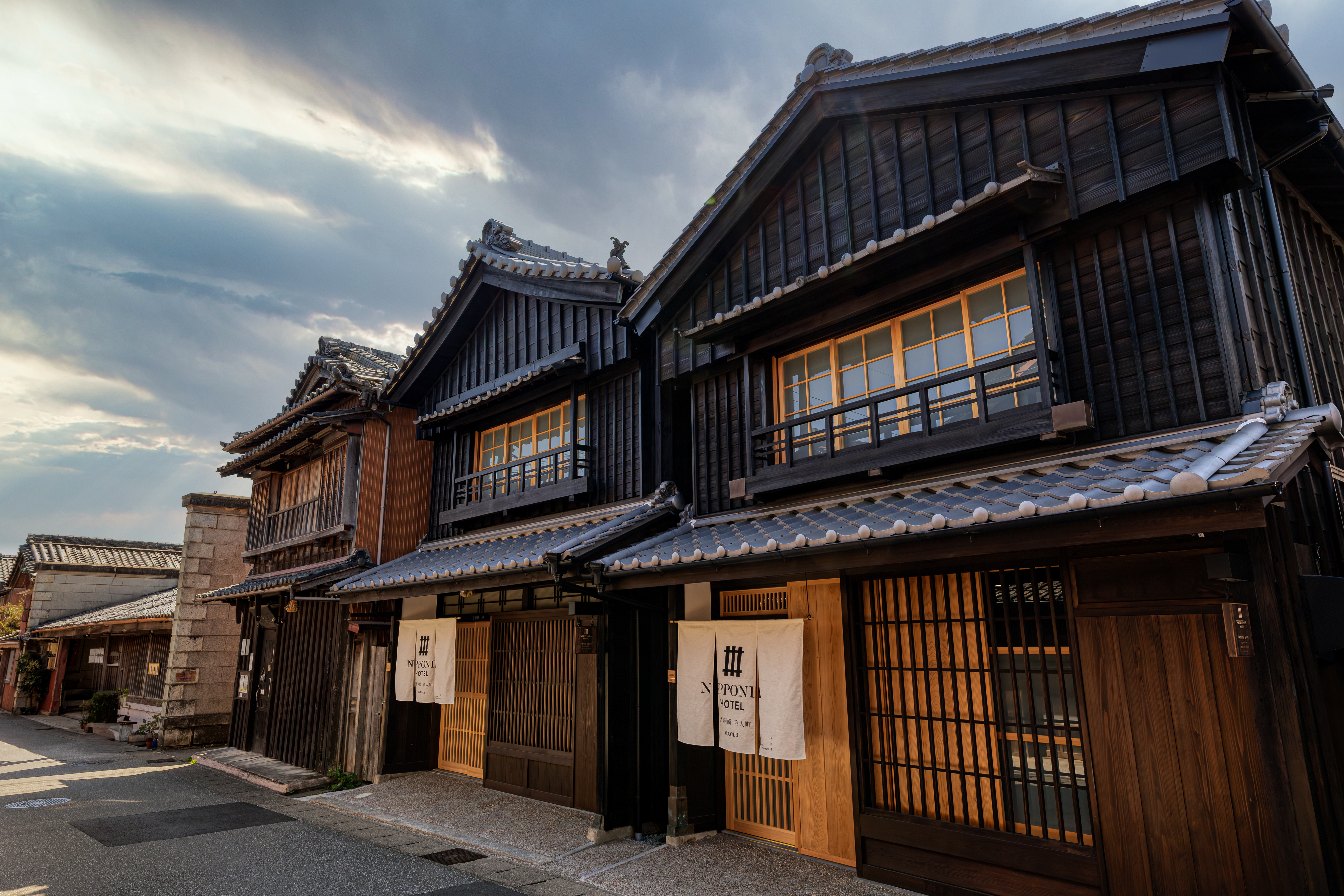
ASAGIRI: This building is possible to enjoy a private stay in an entire traditional merchant house. Step through the spacious entrance, and you’ll find yourself in a passageway that feels like a journey back to the Showa era. The name “Asagiri” means “morning mist,” inspired by the mystical fog that drifts over the Isuzu River and the Ise Shrine area at dawn.
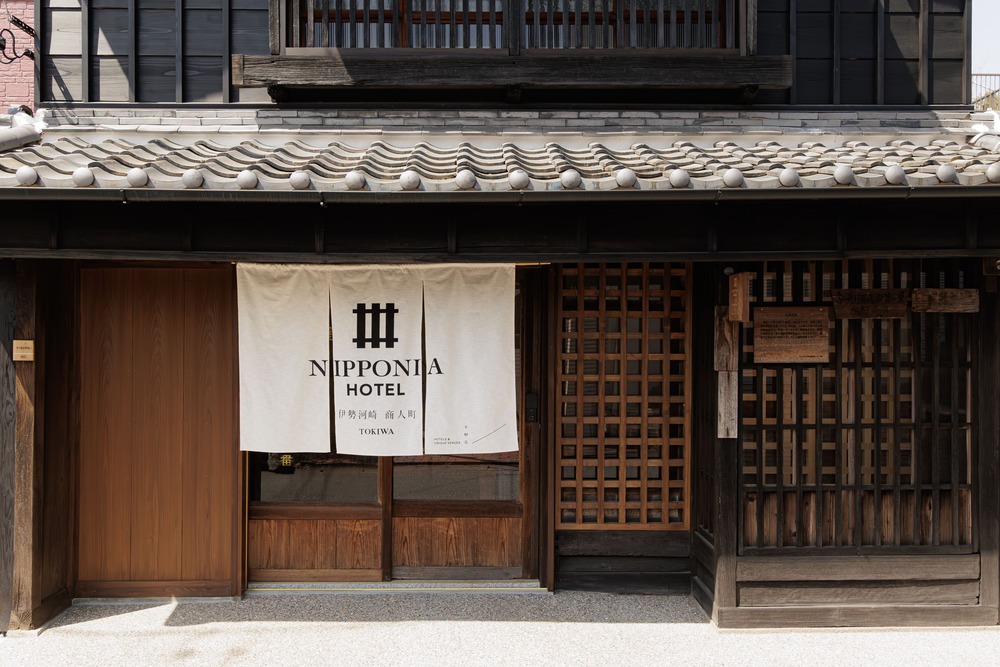
TOKIWA: Built in 1911, this building once served as a beloved footwear shop. Details like the old shop name on the entrance window and the nostalgic engawa still evoke the atmosphere of daily life from the past. Their solid doors and beams have been carefully preserved in their original form. The name “Tokiwa” symbolizes the timeless spirit of Kawasaki’s townscape and the Ise Shrine, expressing the idea of enduring beauty that remains unchanged through the years.
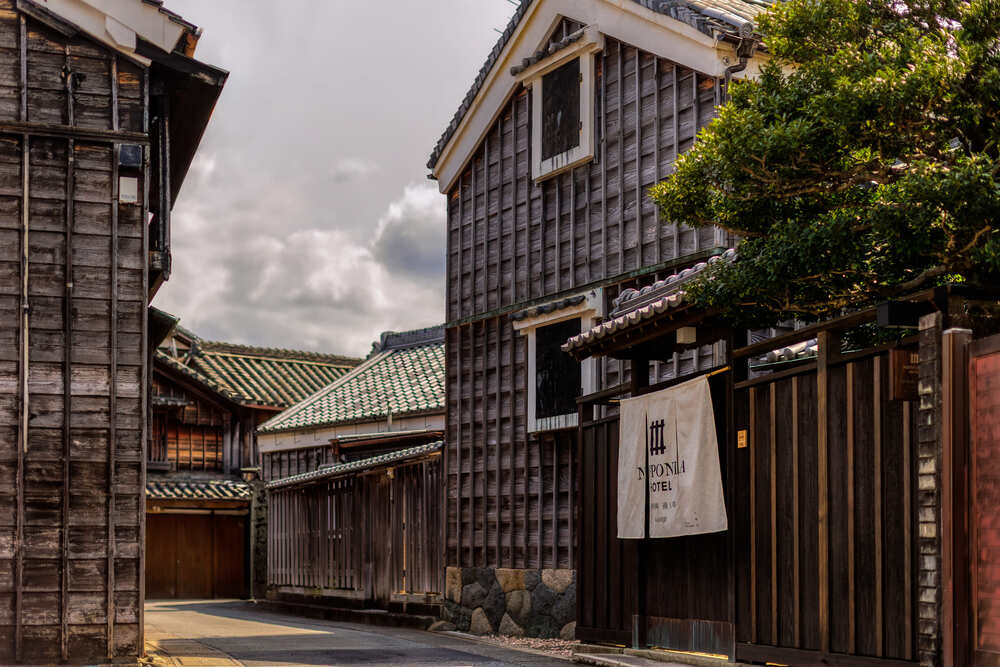
KAMIJI: This private residence offers a distinct atmosphere, setting it apart from other buildings in Ise-Kawasaki. Its single-story design the elegance with a refined Kyoto-like aesthetic. Spend a quiet moment here, gazing at the garden and enjoying the serene surroundings. The name “Kamiji” means “the path to the shrine,” reflecting its connection to the Ise Grand Shrine.
Rooms
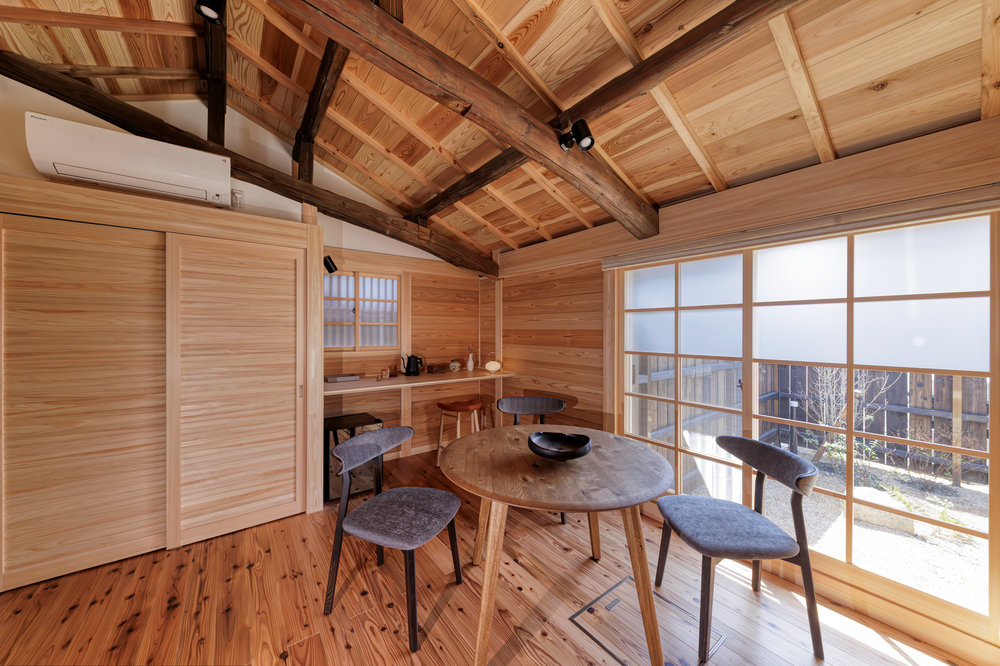
Ise-Kawasaki NIPPONIA, we offer eight guest rooms across six lovingly restored traditional buildings. Originally merchant houses from the Meiji and early Showa periods, each has been carefully renovated to preserve their historical charm while offering modern comfort. Step into the rooms that reflect the spirit of old-town Ise—where you can feel the legacy of local merchant culture up close. Each buildings features unique interiors, custom furnishings, inviting you to unwind in cultural and rich time. Every room is decorated with traditional crafts from the region, offering a refined touch of local artistry.
Breakfast
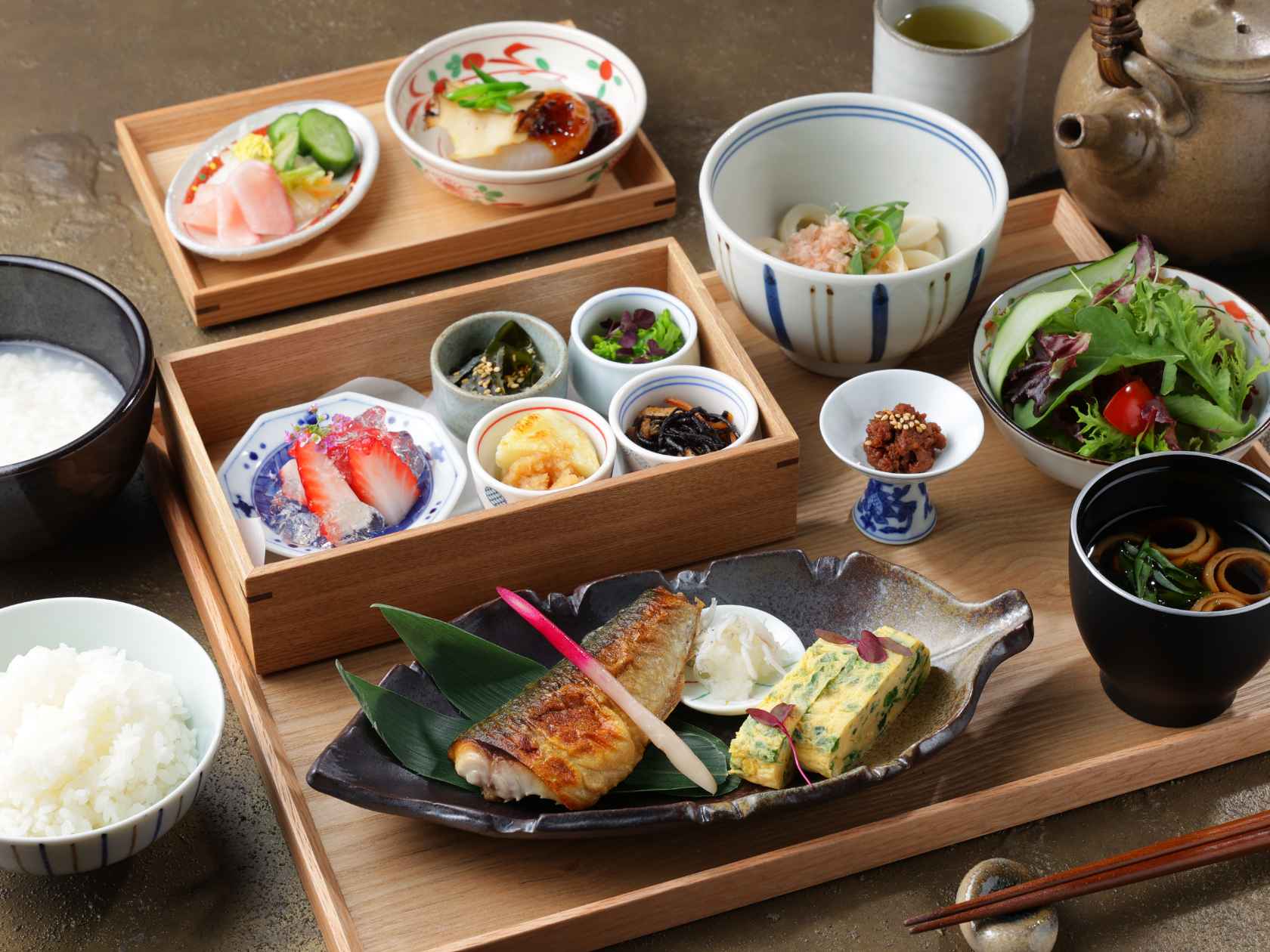
Inspired by “Shinsen”—sacred offerings to the deities of Ise Shrine—our breakfast honors this tradition with a modern twist. Each dish is carefully prepared to reflect the unique flavors of Ise, creating a special culinary experience rooted in history and refined for today’s palate.
Cultural Experience
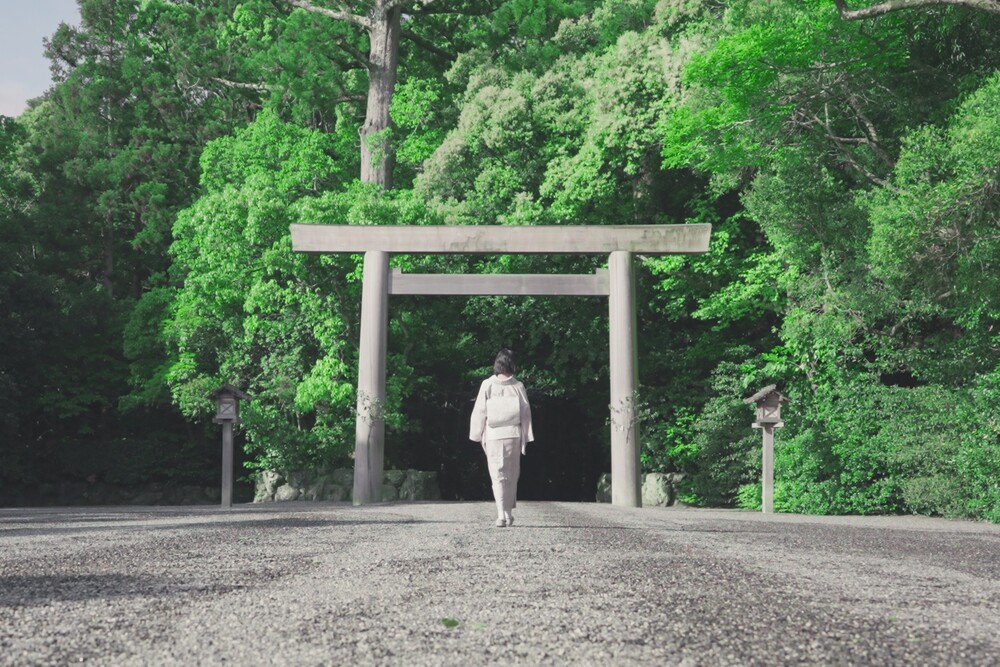
Early shrine visit and a sacred-inspired breakfast:
On your second day, we recommend an early morning visit to Geku, the Outer Shrine of Ise Jingu.
Just a 15–20 minute walk from the hotel—or easily reached from Iseshi Station—you can enjoy a quiet stroll through the sacred grounds before the crowds arrive.After your visit, return to the hotel for a traditional Japanese breakfast inspired by shinsen, the sacred offerings to the deities.
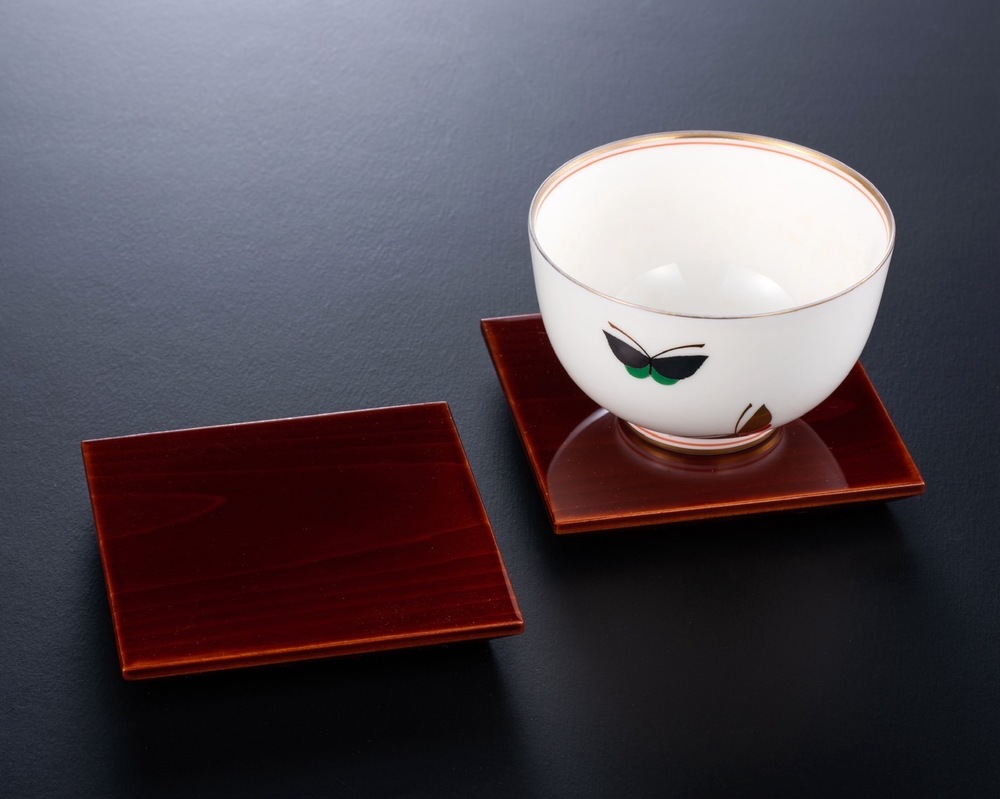
Ise Shunkei Craft Experience:
Create your own coaster or tray. You can discover the beauty and craftsmanship of tradition.Inspired by the revival techniques of the Meiji era, this hands-on experience lets you explore every step of Ise Shunkei lacquerware from selecting the wood base to applying the traditional shibu-biki (persimmon tannin coating).
Our Difference
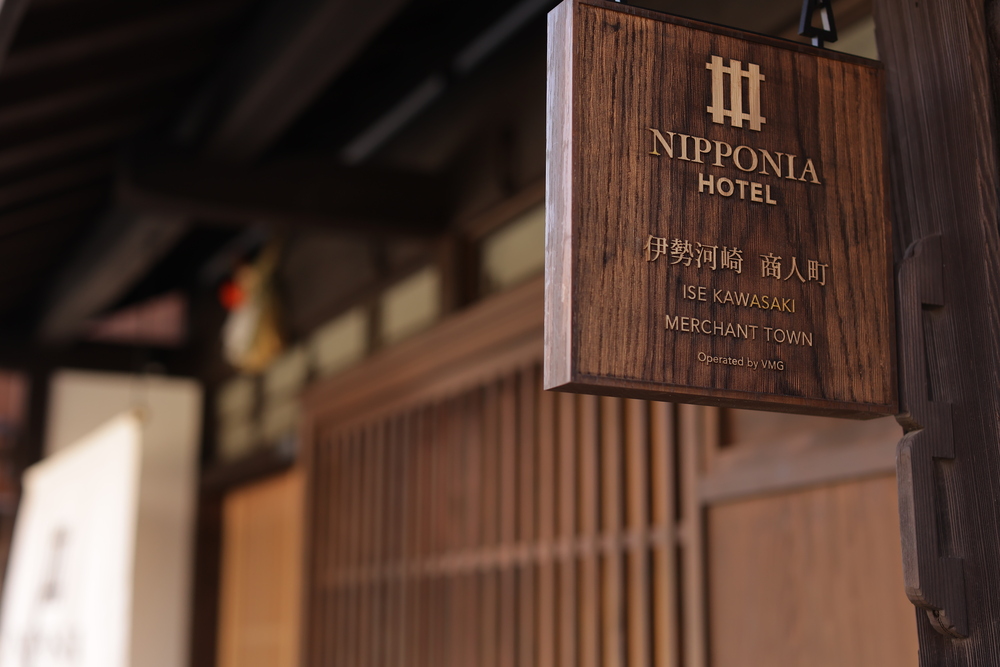
At NIPPONIA HOTEL Ise Kawasaki Merchant Town, every staff member is your local concierge. Deeply connected to the town and its history, our VMG Concierges are here to guide you—not only with sightseeing tips, but with ways to enjoy Ise that only this place and our hotel can offer. Whether you're planning your visit or already on your journey, feel free to reach out to us anytime. Our mission is to make your time in Ise-Kawasaki truly memorable. We’d love to hear your wishes and help shape a stay that’s uniquely yours.
Welcome
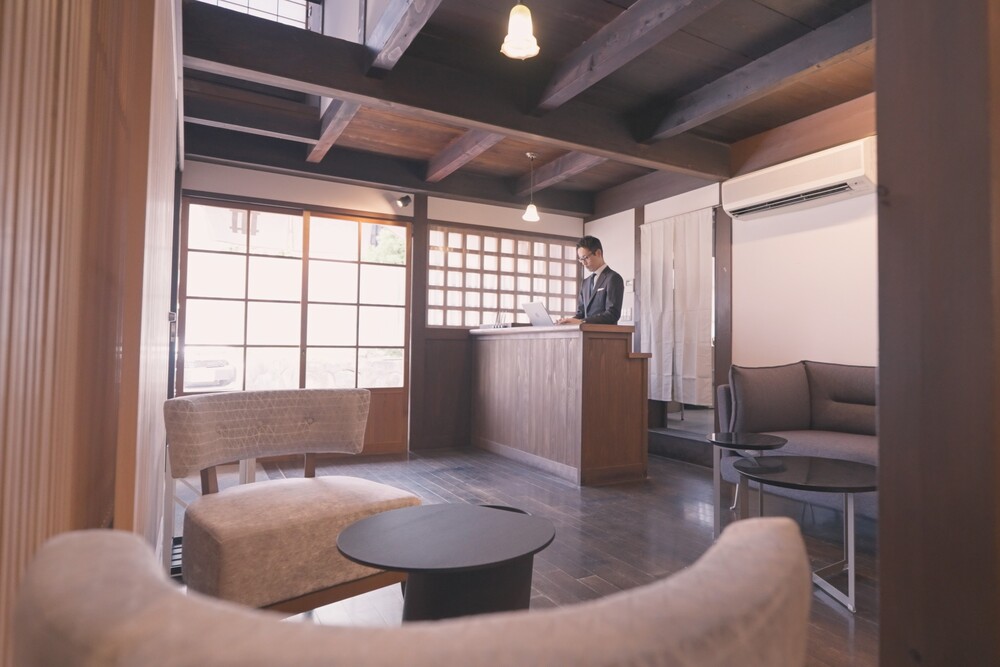
Our mission is to present our guests with the gift of time. Time that flows endlessly through the nature and culture of Japan. Time set aside to make lifelong memories with your loved ones. Time that you will one day reflect back on with a smile. We strive to give you these experiences through the art of Japanese hospitality, the distinctiveness of accommodations that tell rich stories from Japan’s great past, and the breaking of language barriers by our English-speaking staff. We hope to see you soon.
Number of rooms: 8
Capacity: 2–4 guests per room
Check-in: 3:00 p.m.–8:00 p.m.
Checkout: until noon
Languages: Japanese & English
Tel: +81 (0)120-210-289



